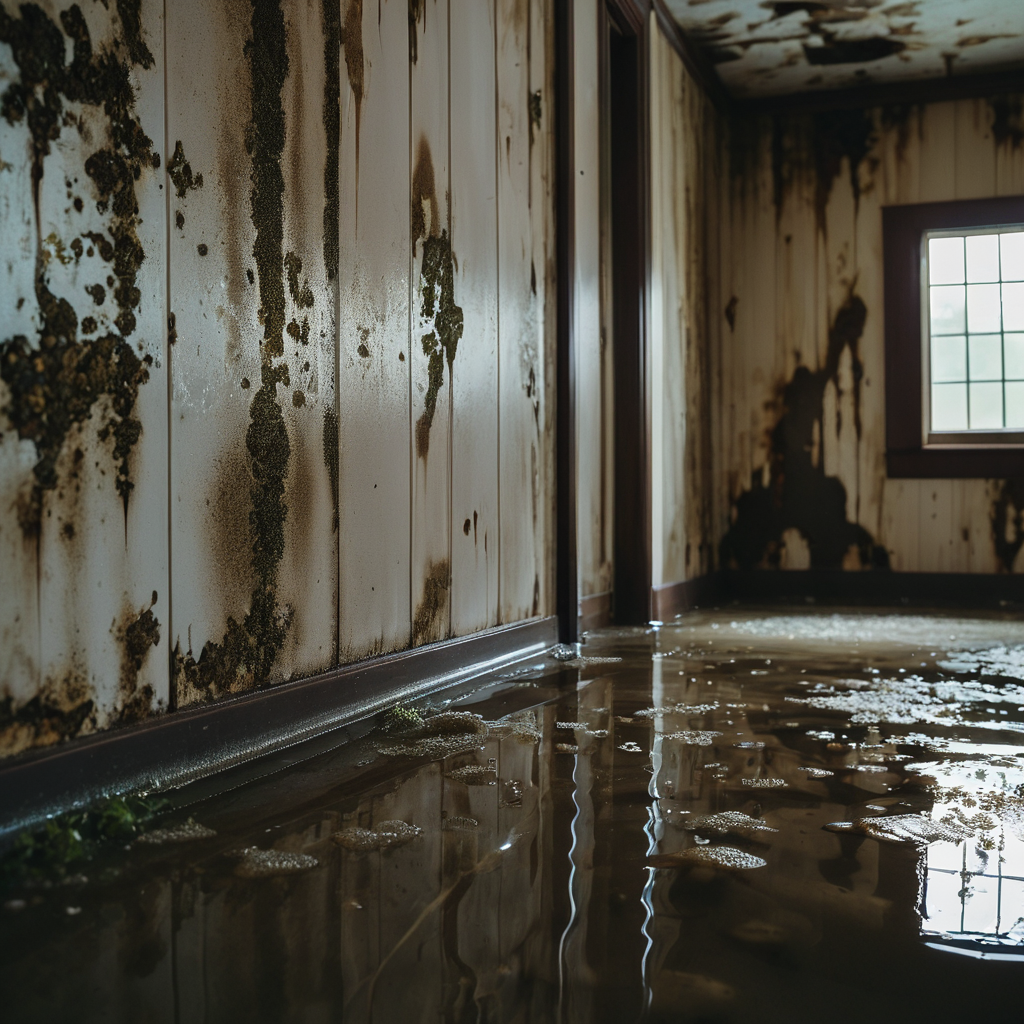
Mold is a common household issue that can have detrimental effects on both your property and your health if left untreated. Recognizing the signs of mold in your home is crucial for early detection and prompt remediation to prevent further damage and potential health risks. From musty odors to visible growth and health symptoms, being aware of the indicators of mold can help you take the necessary steps to address the problem and create a safe and healthy living environment for you and your family.
1. Musty Odors: One of the most common signs of mold in a home is a musty or earthy odor that lingers in certain areas. Mold produces volatile organic compounds (VOCs) that emit a distinct smell, often described as musty, damp, or stale. If you notice persistent odors in specific rooms or areas of your home, it could indicate the presence of hidden mold growth behind walls, under flooring, or in damp, poorly ventilated spaces.
2. Visible Mold Growth: Visible mold growth on surfaces such as walls, ceilings, floors, or around windows and pipes is a clear indication of a mold problem in your home. Mold can appear as black, green, brown, or white patches or spots, and may have a fuzzy or slimy texture. Pay attention to any discoloration or staining on surfaces, as it could be a sign of active mold growth that requires immediate attention and remediation.
3. Water Damage: Areas of water damage, such as leaks, flooding, or condensation, are prime breeding grounds for mold growth. If you have experienced water intrusion or moisture issues in your home, be vigilant for signs of mold in these areas. Mold thrives in damp, humid environments and can quickly colonize on water-damaged materials, leading to structural damage and potential health hazards.
4. Health Symptoms: Experiencing unexplained health symptoms, such as respiratory issues, allergies, coughing, sneezing, or skin irritation, could be a sign of mold exposure in your home. Mold spores can become airborne and circulate in indoor air, triggering allergic reactions and respiratory problems in sensitive individuals. If you or your family members are experiencing persistent health issues that improve when you leave the home, mold may be a contributing factor.
5. Condensation and Humidity: Excessive condensation on windows, walls, or other surfaces, along with high indoor humidity levels, can create an ideal environment for mold growth. Monitor humidity levels in your home using a hygrometer and take steps to reduce moisture through proper ventilation, dehumidification, and moisture control to prevent mold from thriving in damp conditions.
6. Allergic Reactions: If you or your family members experience an increase in allergy symptoms, such as sneezing, coughing, itchy eyes, or congestion, when indoors or in specific areas of your home, mold exposure may be a potential trigger. Mold allergies can exacerbate existing respiratory conditions and cause discomfort and health issues if not addressed promptly.
7. Peeling Paint or Wallpaper: Peeling or bubbling paint, wallpaper, or drywall can be a sign of moisture infiltration and hidden mold growth beneath the surface. Mold can feed on organic materials such as paper, wood, and drywall, causing deterioration and discoloration of building materials. Inspect areas with peeling paint or wallpaper for signs of mold growth and address the underlying moisture issue to prevent further damage.
Being able to identify the signs of mold in your home is essential for maintaining a healthy indoor environment and preventing structural damage. If you notice musty odors, visible mold growth, water damage, health symptoms, condensation, peeling paint, or other indicators of mold, it is important to take action promptly to address the issue. Consult with a professional mold remediation specialist to assess the extent of the mold problem, determine the underlying causes, and implement effective remediation strategies to safely remove mold and prevent its recurrence. By staying vigilant and proactive in detecting and addressing mold in your home, you can protect your property, safeguard your health, and ensure a clean and mold-free living environment for you and your loved ones.
Cedar Hill St. Louis Jefferson County Olivette Kirkwood Ballwin Arnold Franklin County St Charles County Fenton High Ridge Dittmer Creve Coeur
